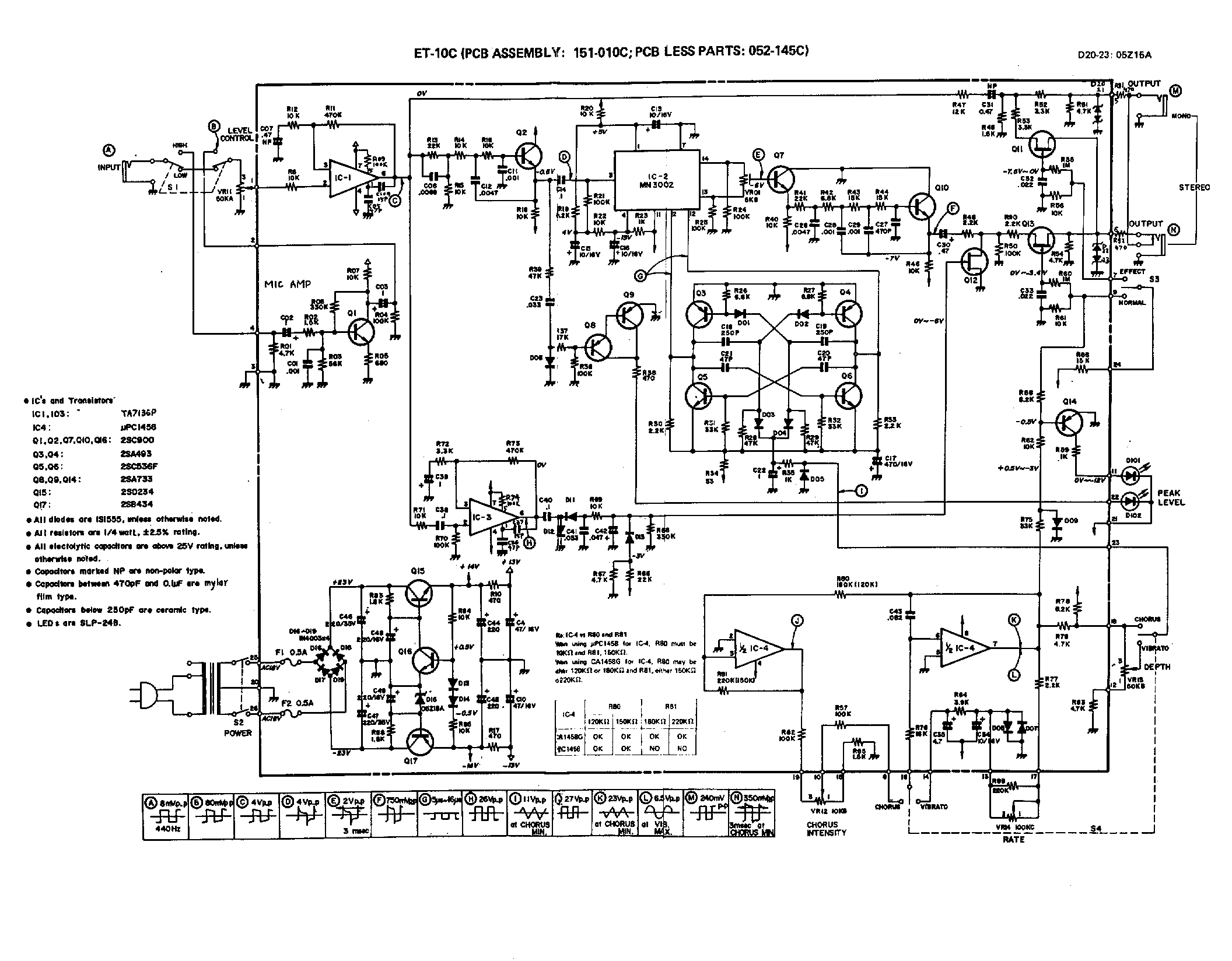Farringdon
Active member
- Joined
- Apr 26, 2010
- Messages
- 44
Just bought a Boss CE-1 that goes out of tune whenever the chorus is dialled up, here's a video of the pedal:
https://www.youtube.com/watch?v=KYVR1jdgQVQ
As you can hear the chorus wobbles a lot more out of tune than it should, a working Boss CE-1 or CE-2 (or any good chorus) doesn't do this.
A working Boss CE-1:
https://www.youtube.com/watch?v=VnW-FJsalTA
Any idea what's wrong and if it's easy to fix/adjust without replacing parts?
Thanks in advance for your help.
ps: I'm based in East London, UK.
https://www.youtube.com/watch?v=KYVR1jdgQVQ
As you can hear the chorus wobbles a lot more out of tune than it should, a working Boss CE-1 or CE-2 (or any good chorus) doesn't do this.
A working Boss CE-1:
https://www.youtube.com/watch?v=VnW-FJsalTA
Any idea what's wrong and if it's easy to fix/adjust without replacing parts?
Thanks in advance for your help.
ps: I'm based in East London, UK.





